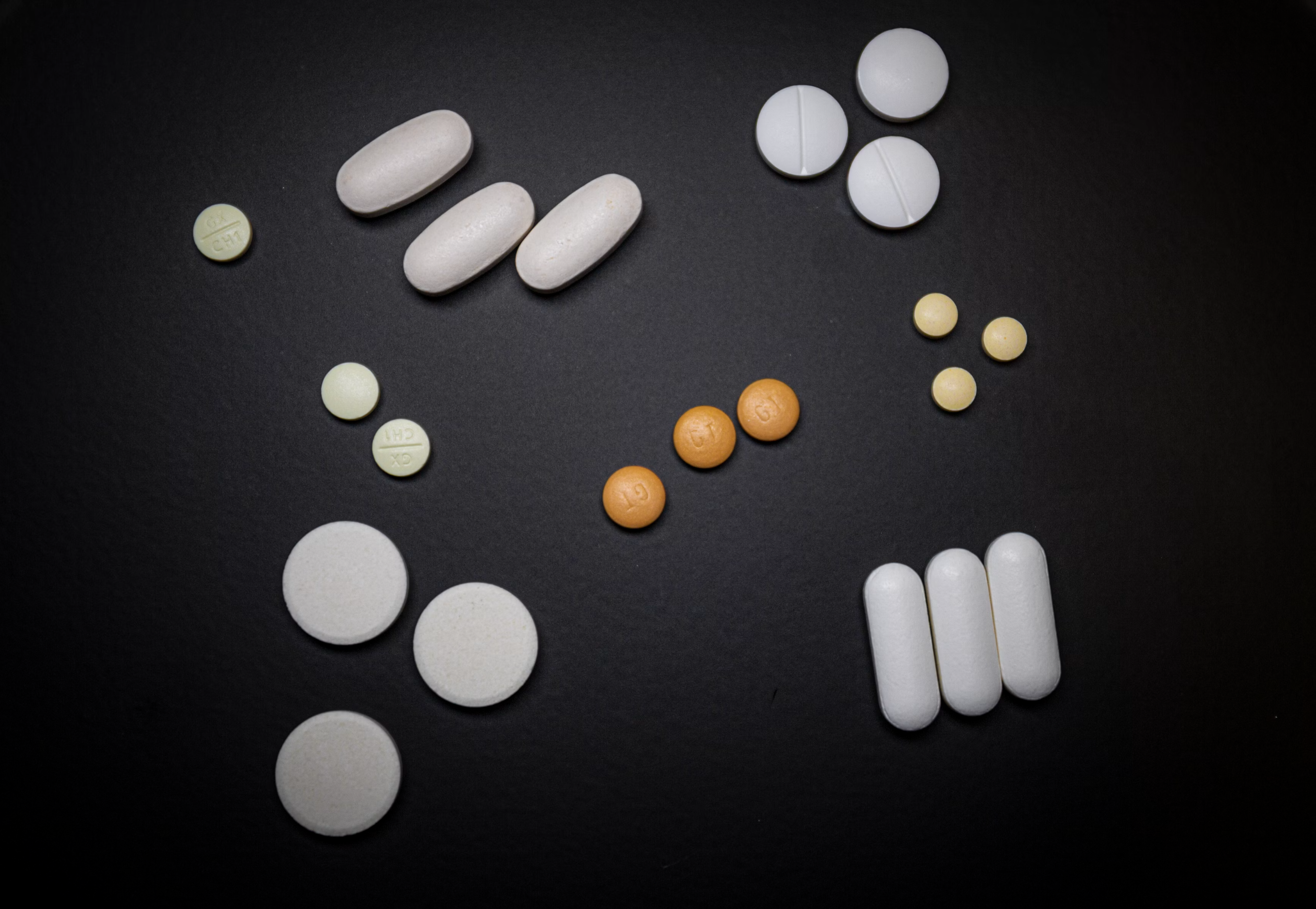Not all fat is created equal. Visceral obesity – the accumulation of fat around our internal organs – poses a particularly insidious threat to our health. This article will explore the serious implications of visceral obesity and provide evidence-based strategies to combat it.
The Hidden Danger of Visceral Fat
Visceral adipose tissue, often referred to as “belly fat” or “hidden fat,” wraps around our vital organs in the abdominal cavity. Unlike subcutaneous fat that we can pinch, visceral fat lies deep within the body, making it particularly dangerous[1].
Health Implications of Visceral Obesity
1. Cardiovascular Disease
Visceral obesity is strongly associated with an increased risk of cardiovascular disease. Research has shown that visceral fat accumulation is linked to a higher risk of major cardiovascular events, such as heart attack and stroke[1].
2. Non-Alcoholic Fatty Liver Disease (NAFLD)
Excess visceral fat is a key driver in the development of NAFLD. Studies have demonstrated that visceral fat is directly associated with liver inflammation and fibrosis, independent of insulin resistance and hepatic steatosis[1].
3. Inflammatory Cytokine Production
Visceral fat acts as an endocrine organ, secreting pro-inflammatory cytokines. Research has shown that visceral fat is positively correlated with levels of inflammatory markers like IL-6 and IL-1β[1][8].
4. Depression
Interestingly, there’s a bidirectional relationship between visceral obesity and depression. Studies have found that depressive symptoms were associated with a 5-year increase in visceral fat accumulation[9].
5. Type 2 Diabetes
Visceral obesity is a significant risk factor for insulin resistance and type 2 diabetes. Research has demonstrated that visceral fat accumulation is strongly associated with impaired glucose tolerance and diabetes development[10].
6. Metabolic Syndrome
Visceral obesity is a central component of metabolic syndrome. Studies have shown that visceral fat accumulation is strongly correlated with all components of metabolic syndrome[1].
7. Certain Cancers
Visceral obesity has been linked to an increased risk of several cancers. Research has found that visceral obesity is associated with a higher risk of colorectal, pancreatic, and gastro-esophageal cancers[3].
8. Sleep Apnea
Excess visceral fat can contribute to sleep apnea by increasing pressure on the upper airway. Studies have demonstrated a strong association between visceral obesity and obstructive sleep apnea[1].
Strategies to Combat Visceral Obesity
Now that we understand the gravity of visceral obesity, let’s explore evidence-based interventions to help our patients reduce this dangerous fat.
1. Exercise
Exercise, particularly aerobic exercise, has been shown to be highly effective in reducing visceral fat. A meta-analysis found a dose-dependent relationship between exercise and visceral fat reduction[2].
Recommendation: Encourage patients to engage in moderate-intensity aerobic exercise for at least 150 minutes per week, or vigorous-intensity aerobic exercise for 75 minutes per week.
2. Dietary Interventions
While overall calorie restriction is important, certain dietary patterns have shown promise in specifically targeting visceral fat.
- Mediterranean Diet: Rich in fruits, vegetables, whole grains, and healthy fats, this diet has been associated with reduced visceral fat accumulation.
- Low-Carb Diets: Some studies suggest that low-carbohydrate diets may be particularly effective in reducing visceral fat.
Recommendation: Advise patients to focus on a balanced diet rich in whole foods, with an emphasis on reducing processed carbohydrates and increasing fiber intake.
3. Sleep Hygiene
Adequate sleep is crucial for maintaining a healthy weight and reducing visceral fat. Research has shown that sleep deprivation can lead to increased visceral fat accumulation[1].
Recommendation: Encourage patients to aim for 7-9 hours of quality sleep per night.
4. Stress Management
Chronic stress can lead to increased visceral fat accumulation through elevated cortisol levels. Implementing stress-reduction techniques can help combat this effect[1].
Recommendation: Suggest stress-management techniques such as meditation, yoga, or regular physical activity.
5. Supplements
While not a substitute for lifestyle changes, certain supplements may aid in visceral fat reduction:
-
DHEA (Dehydroepiandrosterone): DHEA supplementation has been shown to significantly decrease visceral fat area in elderly individuals with low serum DHEAS levels[1].
-
Rosehip Extract: Daily intake of rosehip extract led to significant reductions in abdominal visceral fat area in preobese subjects[1].
-
Glucomannan: This dietary fiber may help with weight loss by blocking fat absorption in food[1].
-
Spirulina: It has been associated with decreased appetite and inhibition of adipogenesis[1].
-
Curcumin: This compound may inhibit adipogenesis and has insulin-sensitizing and anti-inflammatory properties[1].
-
L-Carnitine: It may increase energy expenditure and fat oxidation[1].
-
Resveratrol: This compound has been linked to decreased adipogenesis and increased lipolysis[1].
-
Conjugated Linoleic Acid (CLA): CLA may decrease adipocyte size and inhibit adipogenesis[1].
-
Aloe Vera: It has been shown to improve glucose and lipid metabolism and inhibit lipogenesis[1].
-
Flaxseed: This supplement may increase satiety and lipolysis while inhibiting lipogenesis[1].
Recommendation: While promising, more research is needed. Encourage patients to focus on diet and exercise as primary interventions.
6. Medications
Several medications have shown promise in reducing visceral fat:
-
Liraglutide: This GLP-1 receptor agonist has been shown to significantly reduce visceral adipose tissue and liver fat in overweight and obese adults[7].
-
Tesamorelin: In HIV-infected patients with abdominal fat accumulation, tesamorelin significantly reduced visceral adipose tissue and liver fat[6].
-
Orlistat: This medication has been demonstrated to significantly reduce visceral adipose tissue in addition to total body fat compared to placebo[7].
-
Metformin: While primarily used for diabetes management, metformin has also been shown to reduce visceral fat accumulation[7].
-
Exenatide: Another GLP-1 receptor agonist that has shown efficacy in reducing visceral and hepatic fat[7].
-
Semaglutide: This newer GLP-1 receptor agonist has demonstrated significant weight loss effects, likely including visceral fat reduction[7].
-
Dulaglutide: Also a GLP-1 receptor agonist, it has shown promise in reducing visceral fat[7].
-
Pioglitazone: This thiazolidinedione has been associated with reductions in visceral fat in some studies[7].
-
Empagliflozin: An SGLT2 inhibitor that may contribute to visceral fat reduction through its effects on weight loss[7].
-
Dapagliflozin: Another SGLT2 inhibitor with potential effects on visceral fat reduction[7].
Recommendation: Consider these medications for patients with obesity, particularly those with comorbidities like type 2 diabetes, after lifestyle interventions have been implemented.
Conclusion
Visceral obesity is a serious condition with far-reaching health implications. As healthcare providers, it’s crucial that we educate our patients about the dangers of visceral fat and provide them with evidence-based strategies to combat it. By implementing a comprehensive approach that includes exercise, dietary modifications, stress management, and, when appropriate, supplementation and pharmacological interventions, we can help our patients reduce their visceral fat and improve their overall health.
Remember, the battle against visceral obesity is not just about aesthetics – it’s about preventing a host of serious health conditions and improving our patients’ quality of life. Let’s arm ourselves and our patients with the knowledge and tools to win this fight.
Sources [1] Association between visceral obesity and 10-year risk of first … https://www.frontiersin.org/journals/cardiovascular-medicine/articles/10.3389/fcvm.2023.1249401/full [2] Dose–response effects of exercise and caloric restriction on visceral … https://bjsm.bmj.com/content/57/16/1035 [3] Visceral obesity and incident cancer and cardiovascular disease https://pmc.ncbi.nlm.nih.gov/articles/PMC7757158/ [4] The clinical importance of visceral adiposity: a critical review of … https://pmc.ncbi.nlm.nih.gov/articles/PMC3473928/ [5] Visceral Obesity with Excess Ectopic Fat: A Prevalent and High-Risk … https://e-cmsj.org/DOIx.php?id=10.51789%2Fcmsj.2021.1.e11 [6] Effect of Tesamorelin on Visceral Fat and Liver Fat in HIV-Infected … https://jamanetwork.com/journals/jama/article-abstract/1889139 [7] The effects of GLP-1 receptor agonists on visceral fat and liver … https://journals.plos.org/plosone/article?id=10.1371%2Fjournal.pone.0289616 [8] The Effect of Abdominal Visceral Fat, Circulating Inflammatory … https://pmc.ncbi.nlm.nih.gov/articles/PMC4398239/ [9] Depressive symptoms are associated with visceral adiposity in a … https://pmc.ncbi.nlm.nih.gov/articles/PMC3748158/ [10] Metabolic Effects of Visceral Fat Accumulation in Type 2 Diabetes https://academic.oup.com/jcem/article-abstract/87/11/5098/2823317?redirectedFrom=fulltext&login=false




